Explore Tasmania’s native grasses, sedges, and tufted plants. Resilient species that play vital roles in landscapes and ecosystems.

Hardy, highly variable perennial grass with stems, up to 1.2m, much longer than the leaves. Flower head up to 35cm long with alternate spikelets.
Image: Jenny Jonkka - with permission

Perennial herb with tuberous roots. Pale blue/purple/rarely white flowers hanging from nodes along long stems in spring/summer. Insect attracting. Prefers good drainage and part shade.
Image: Anna Povey - with permission
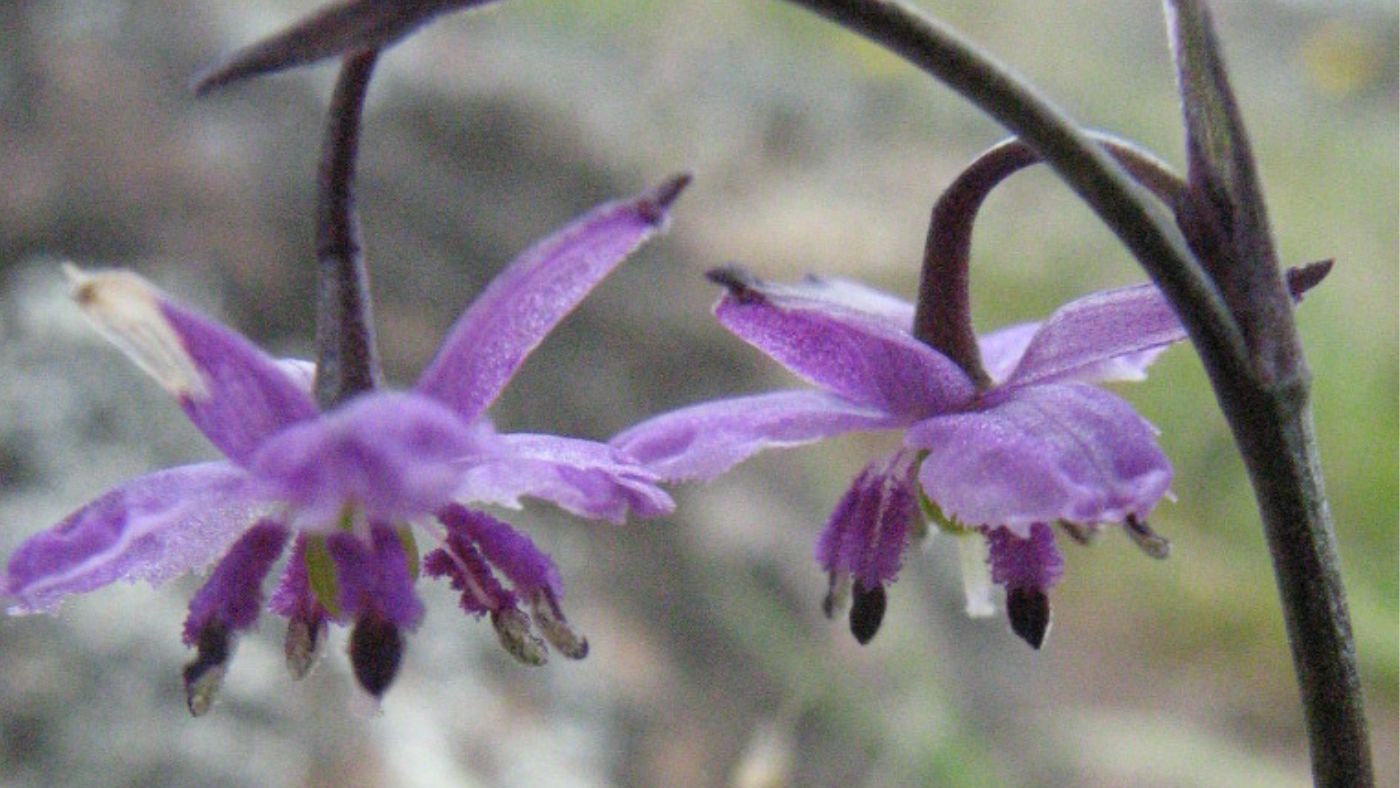
Small tufted perennial herb. Purple flowers with long yellow or purple anthers in spring/summer. Insect attracting. Tolerates dry conditions.
Image: Anna Povey - with permission
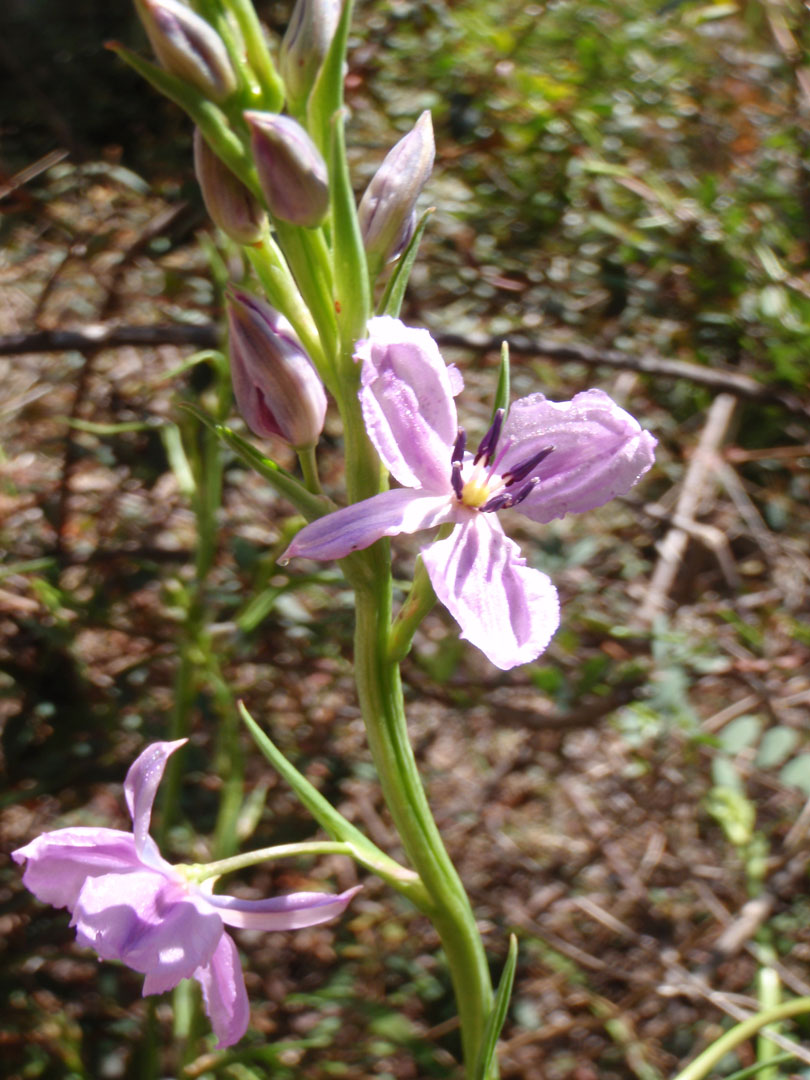
Perennial herb with basal grass-like leaves and erect stem bearing mauve chocolate scented flowers with purplish-black conspicuous anthers. Insect attracting. Suits container and rockery planting.
Image: Anna Povey - with permission
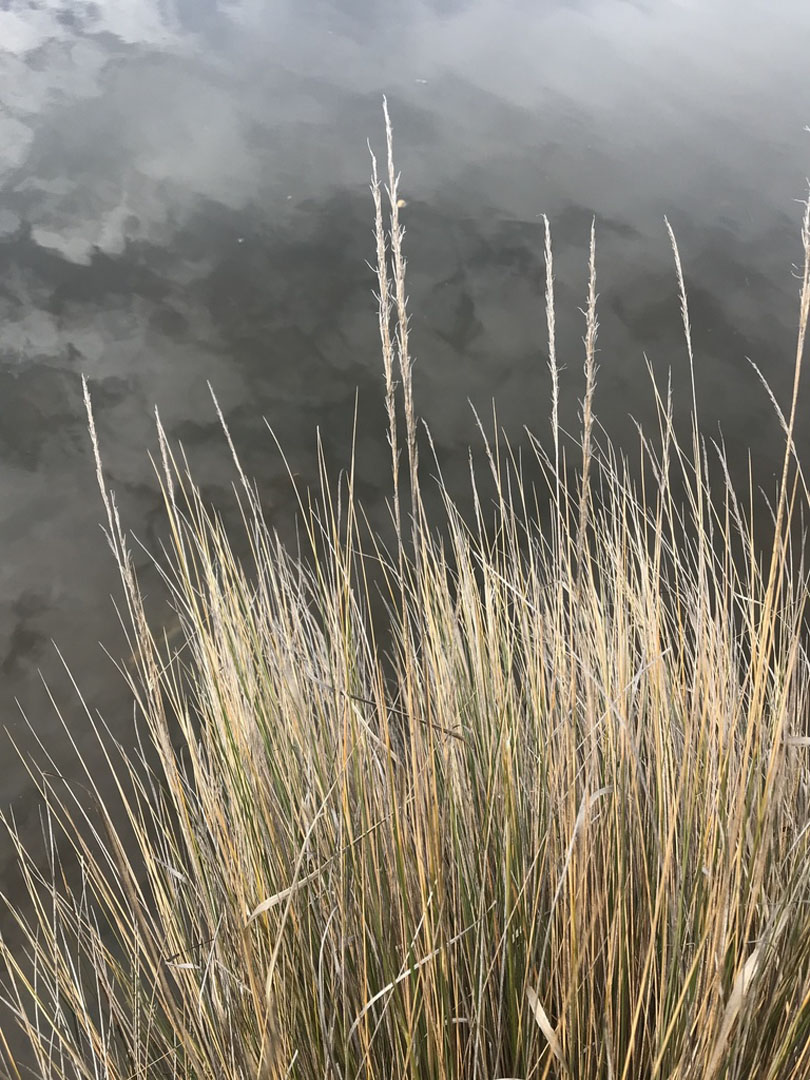
Tufted perennial grass up to 90cm. Whitish yellow inflorescence up to 22cm long. Suits coastal conditions - dry, well-drained, nutrient -poor sandy loam.
Image: Jenny Jonkka - with permission
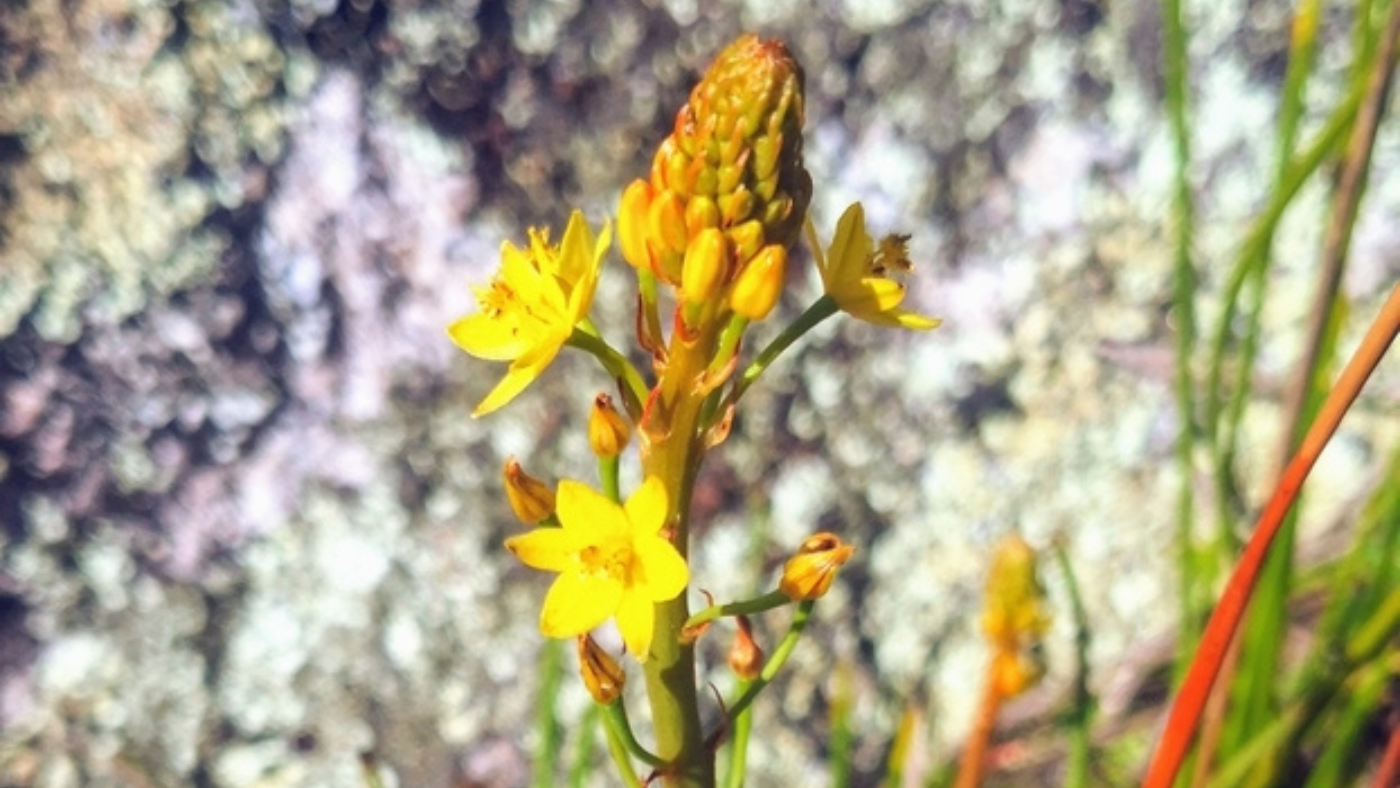
Hardy perennial herb with a bulb-like tuber. Erect stalk up to 60cm tall with numerous yellow flowers. Self seeds and tolerates a wide range of conditions.
Image: Iona CC BY-NC
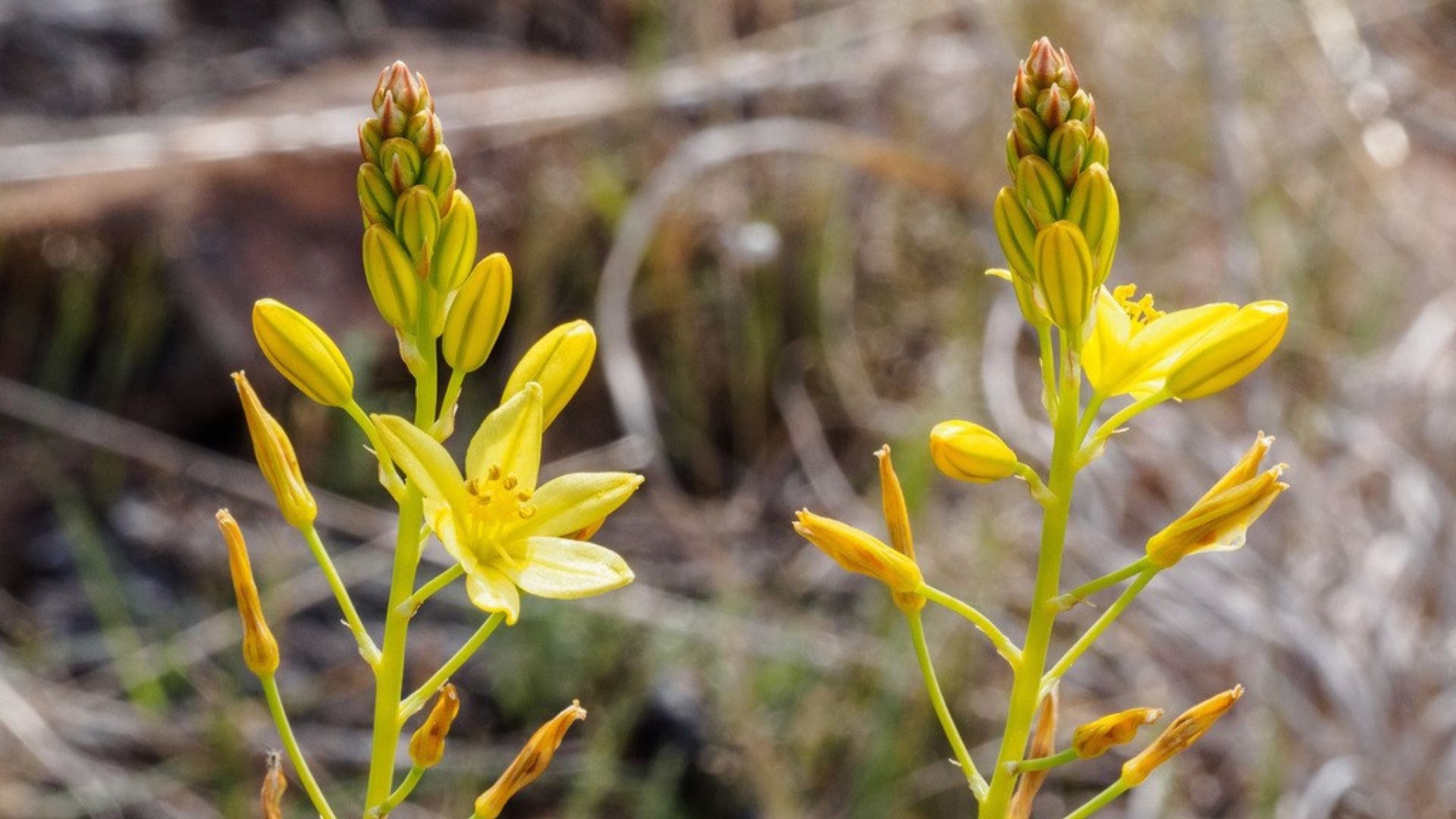
Hardy perennial herb. Does not have a tuber. Yellow flowers in a large spike to 60cm. Self seeding.
Image: Andrew Dilley CC BY-NC

Densely tufted, perennial sedge. Valuable in preventing creek bank erosion. Insect attracting; frog habitat.
Image: N. Lawrence - Natural Values Atlas
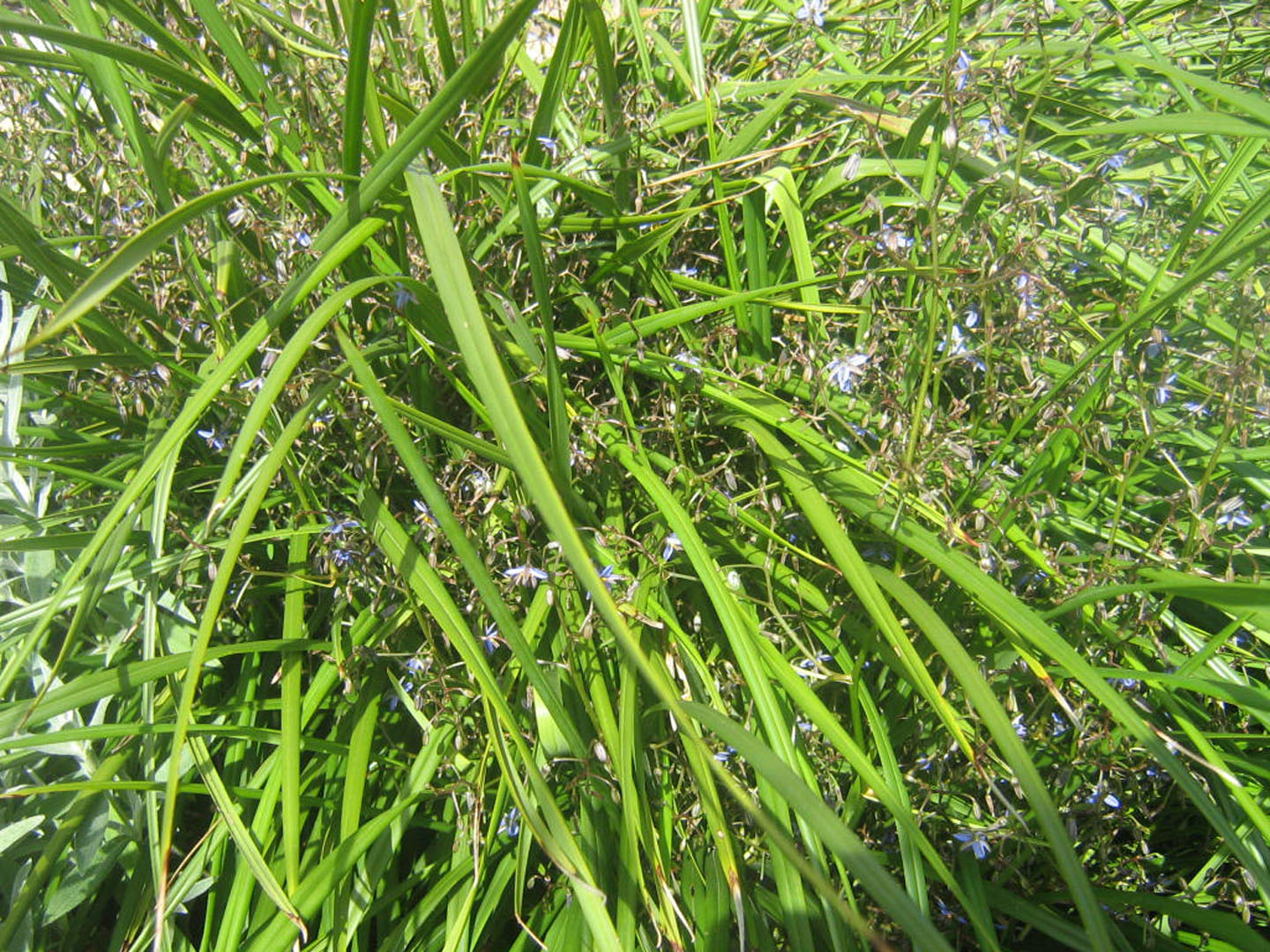
Tufted plant to 6ocm with long narrow leaves, with the edges often rolled back. Bright blue flowers, stamens with swollen yellow filaments. Flower spikes are buried with stems shorter than the leaves. Needs well-drained soil and some sun.
Image: Anna Povey - with permission
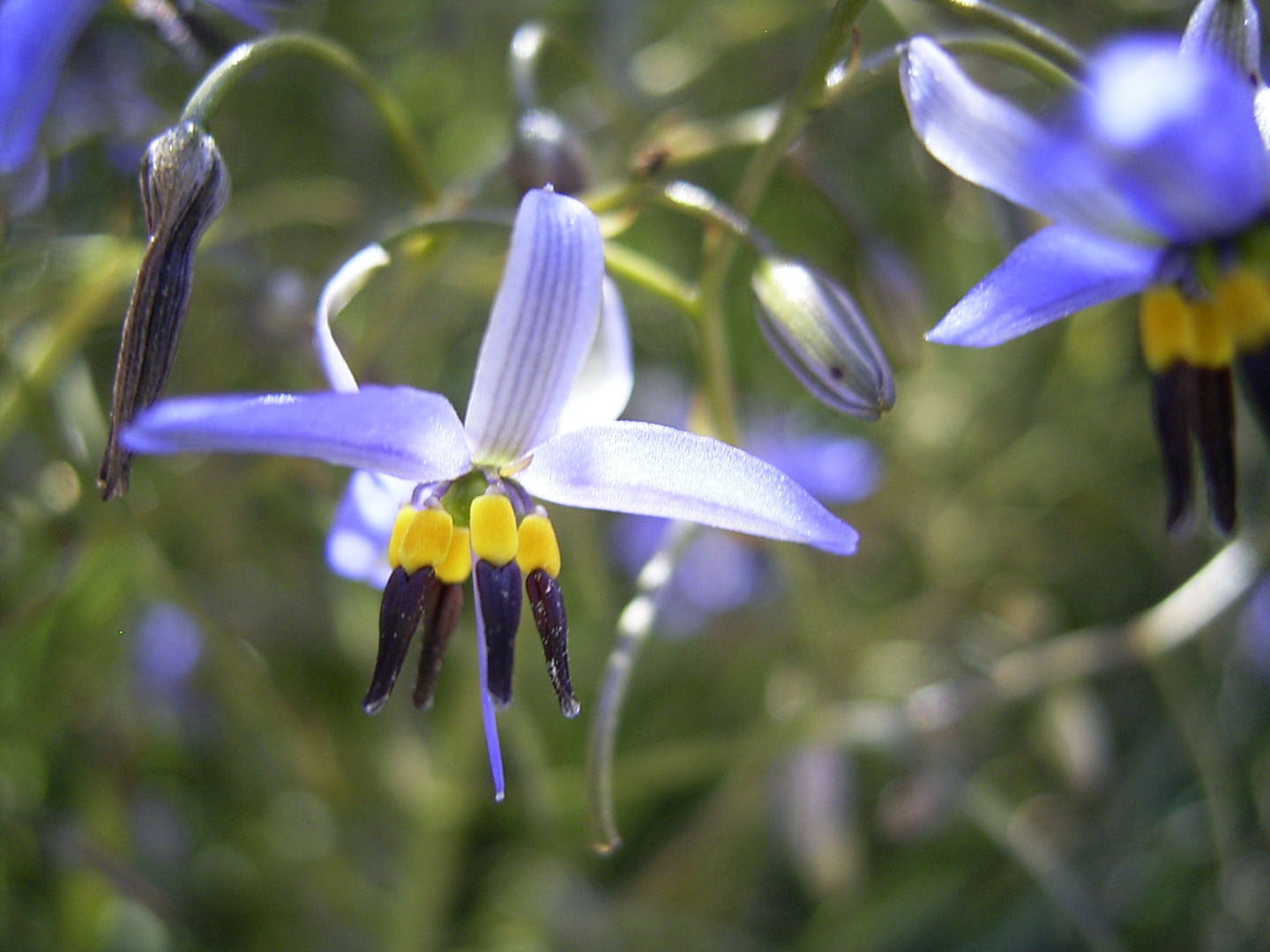
Tufted perennial that can form large clumps. Blue-purple flowers in open clusters in spring/summer. Flower stems longer than the dark green strap-like leaves. Blue/purple shiny berries. Ideal for growing close to trees.
Image: Anna Povey - with permission
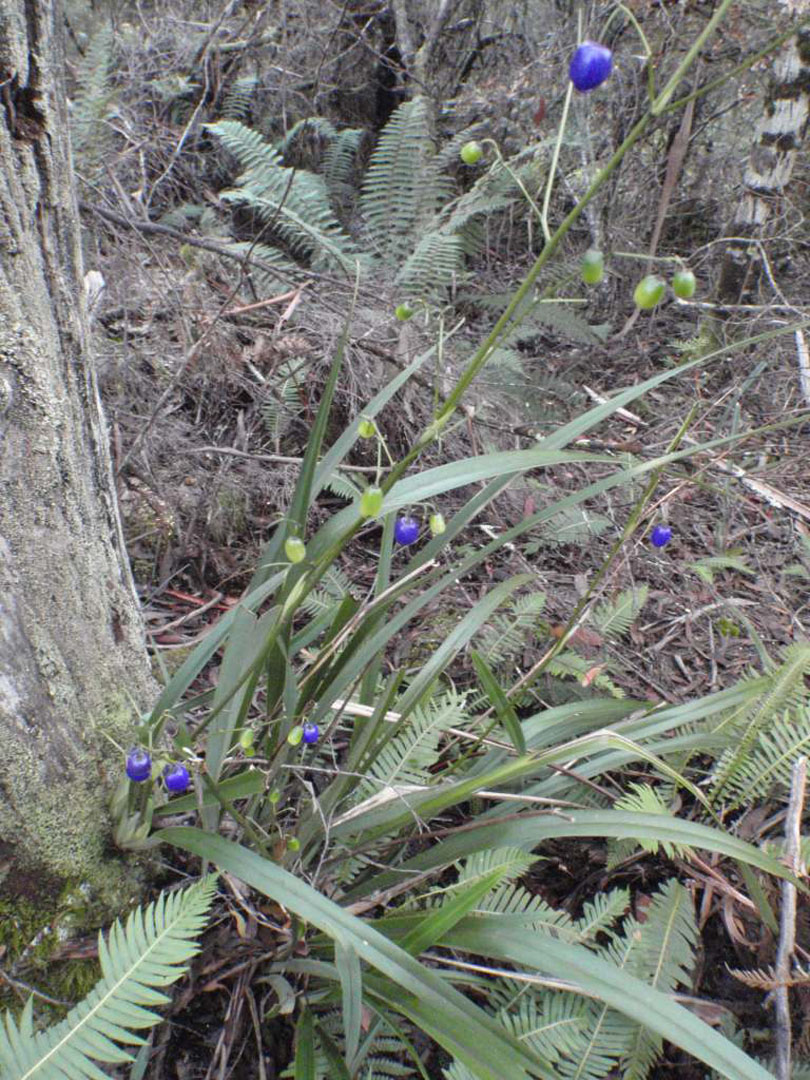
Tufted plant forming dense clumps. Broad strap-like leaves up to 1m long. Blue flowers with yellow stamens followed by blue/purple berries. Bird attracting. Useful for stabilising banks.
Image: Anna Povey - with permission

Slender, tufted perennial grass to 1.5m. Very dense, fluffy, pale green flower heads. Fast-growing grass, tolerates a wide range of conditions and is an important food source for grazing animals.
Image: Annabel Carle CC BY-NC
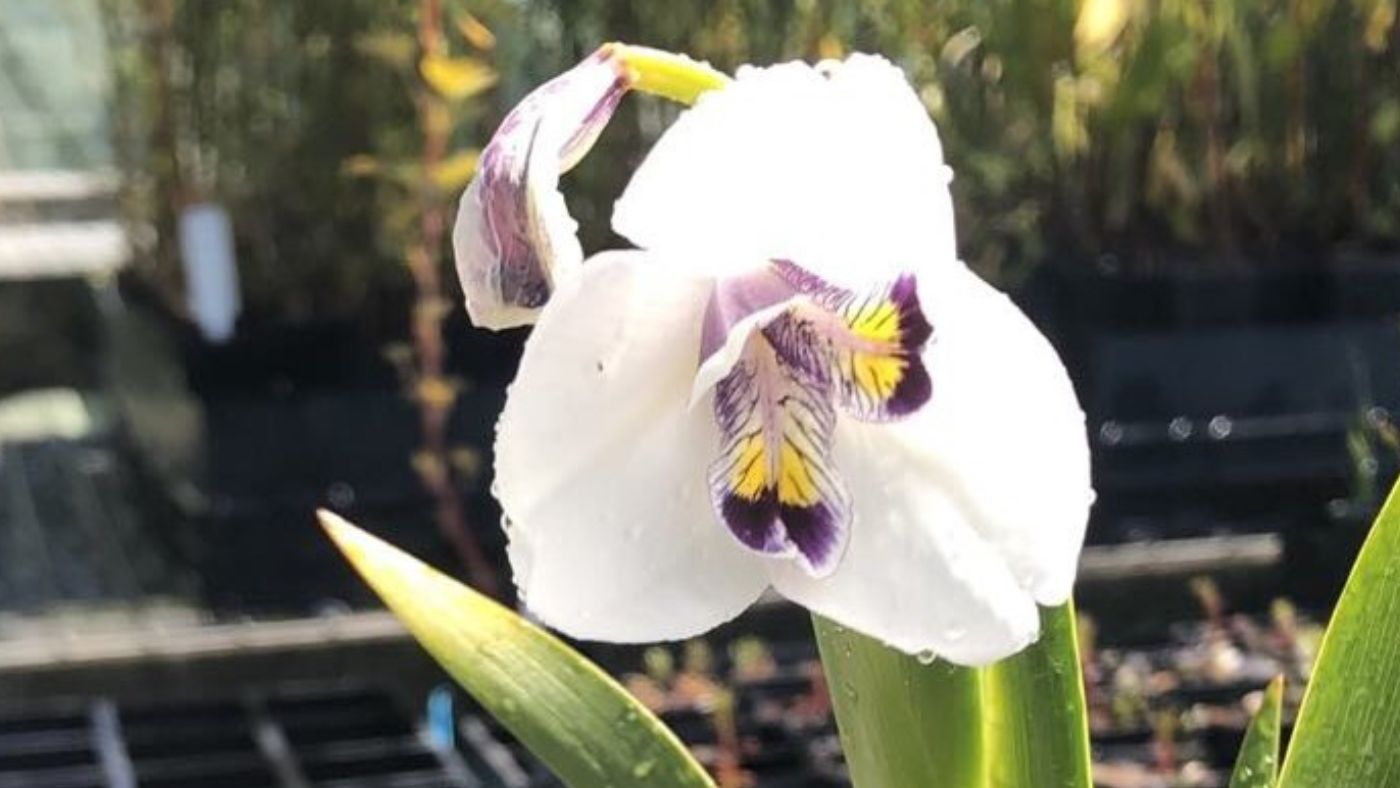
Tufted perennial herb with white and purple iris-like flowers on long flat stems and strap like leaves. Needs constant moisture, well-drained soil and full sun. Frog habitat.
Image: Julie Ayre - with permission
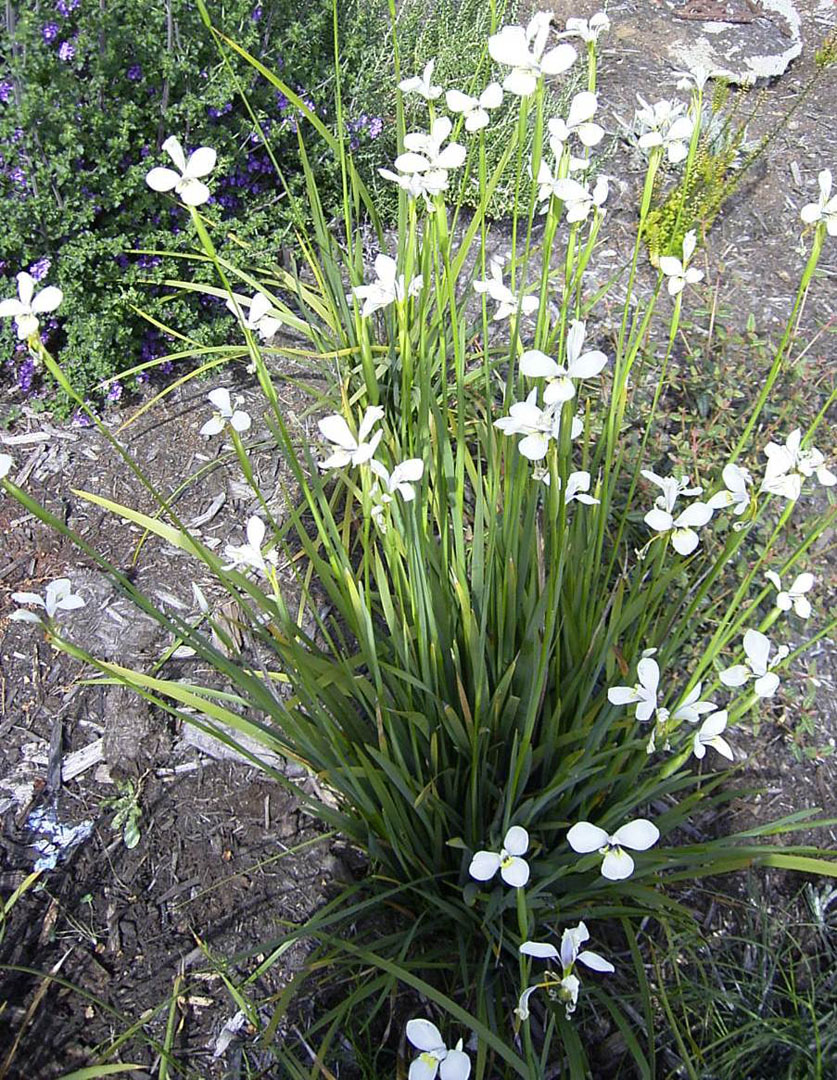
Perennial herb with white iris-like flowers with purple and yellow markings on tall stalks in spring/summer. Needs well-drained moist soil and full sun. Bee attracting. Low flammability.
Image: Anna Povey - with permission

Hardy, tufted sedge with dense erect green stems, cylindrical in cross-section. Reddish-brown, globular flower-head just below stem apex. Useful near ponds (frog habitat), and for binding sandy soil in coastal environments.
Image: Anna Povey - with permission

Densely tufted sedge with long, inrolled leaves with fine wavy tips. Dense, bristly flower head. Requires moist, sandy soil in a sunny position. Host for the chrysotricha skipper butterfly.
Image: Anna Povey - with permission

Very large tussocky sedge. Flower heads bright brown when young, blackish in fruit. Bee and bird attracting. Provides good frog and bandicoot habitat. High flammability.
Image: Anna Povey - with permission

Densely clustered sedge with old leaf sheaths persistent at the base to 1.5m high. Long, dense, bristly flower head. A host plant of the Chrysotricha skipper butterfly.
Image: Kirrilli Kent - with permission
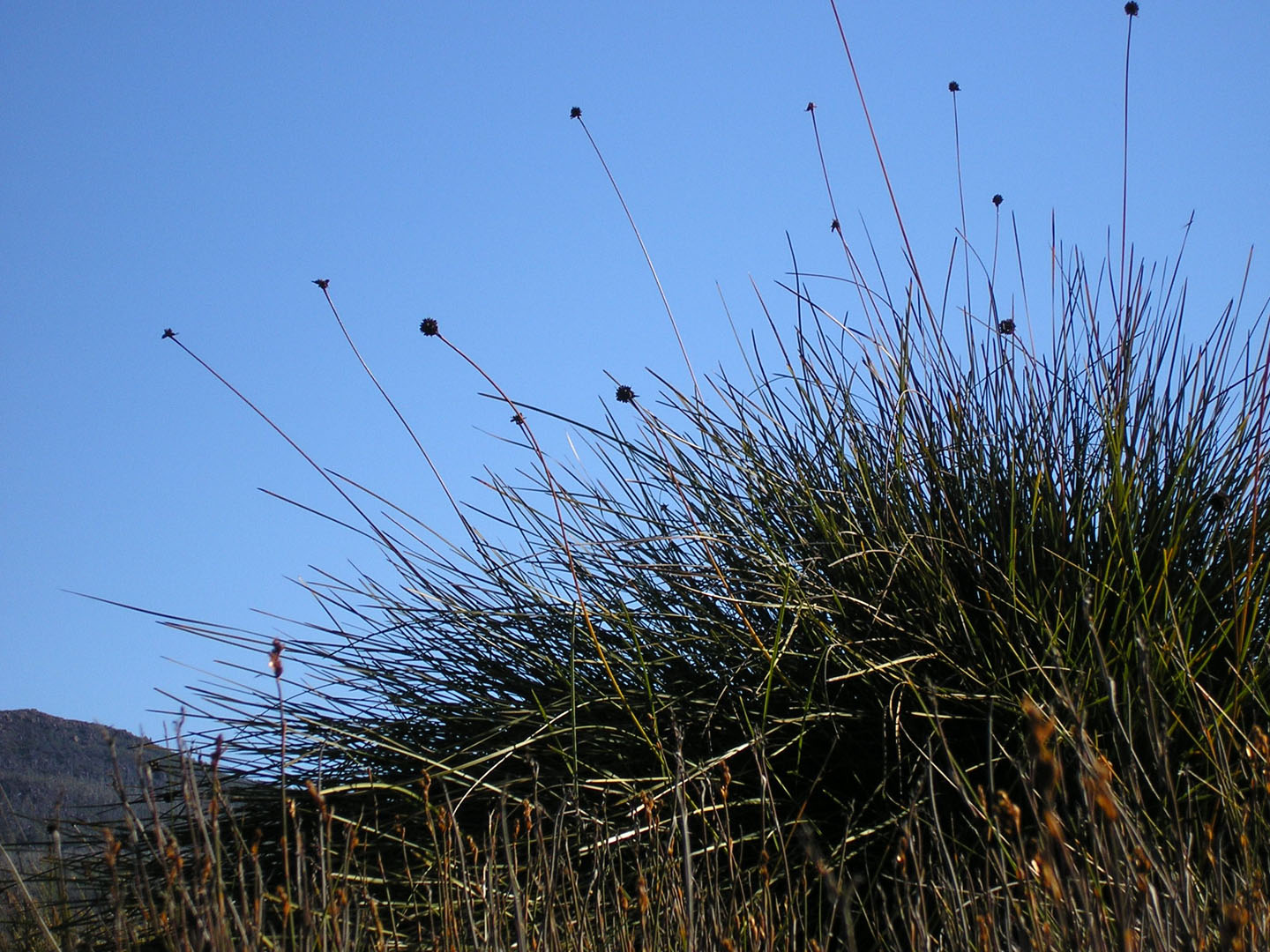
Dense, spherical flower head on the end of the flowering stems. Flowers are yellow-brown.
Image: Helen Morgan - with permission
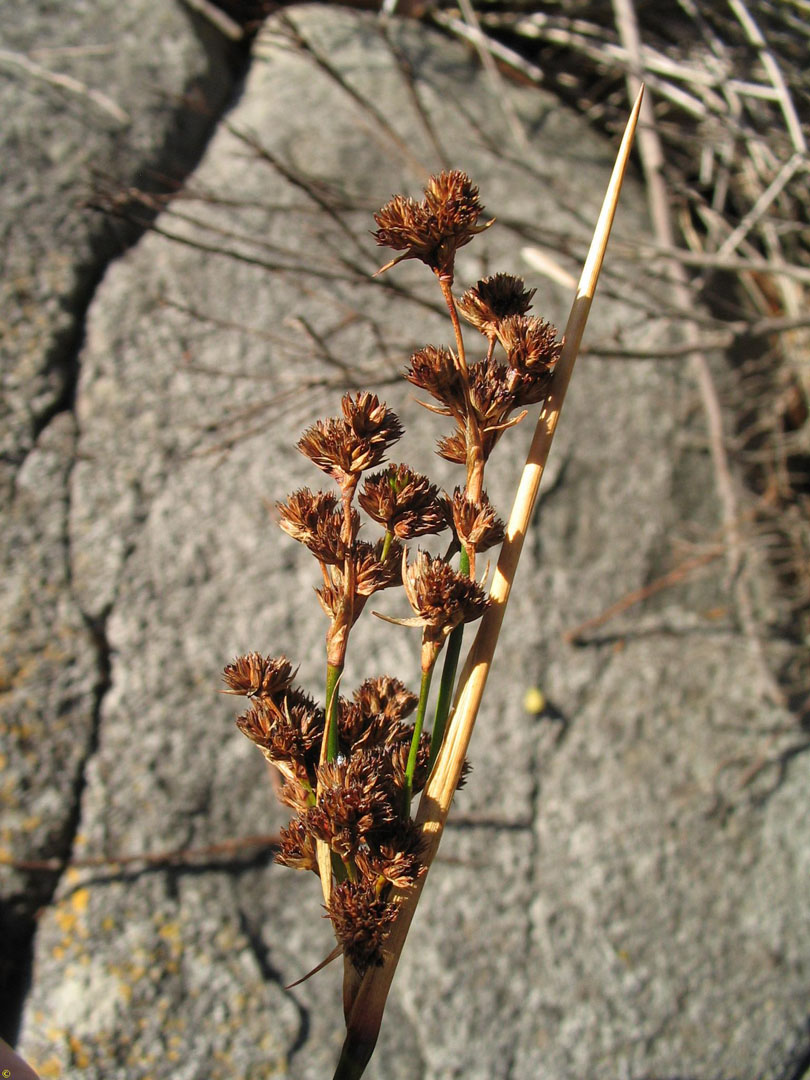
Hardy tussock shaped perennial. The leaves are tough, straw shaped and spine-tipped. Reddish-brown flowers are clustered toward the end of the stem. Ideal for stabilising estuary banks and riparian zones.
Image: Naomi Lawrence - Natural Values Atlas

Tussocky plant to 1m. Small flowers are crowded into straw-coloured spikes with male and female flowers on different plants. Adaptable in many conditions. Bee and insect attracting.
Image: Anna Povey - with permission

Tufted perennial grass with underground stems. Flower heads up to 20cm long at the end of long drooping stems. Useful for a regularly mown lawn or pasture feed.
Image: Nick Fitzgerald CC BY-NC
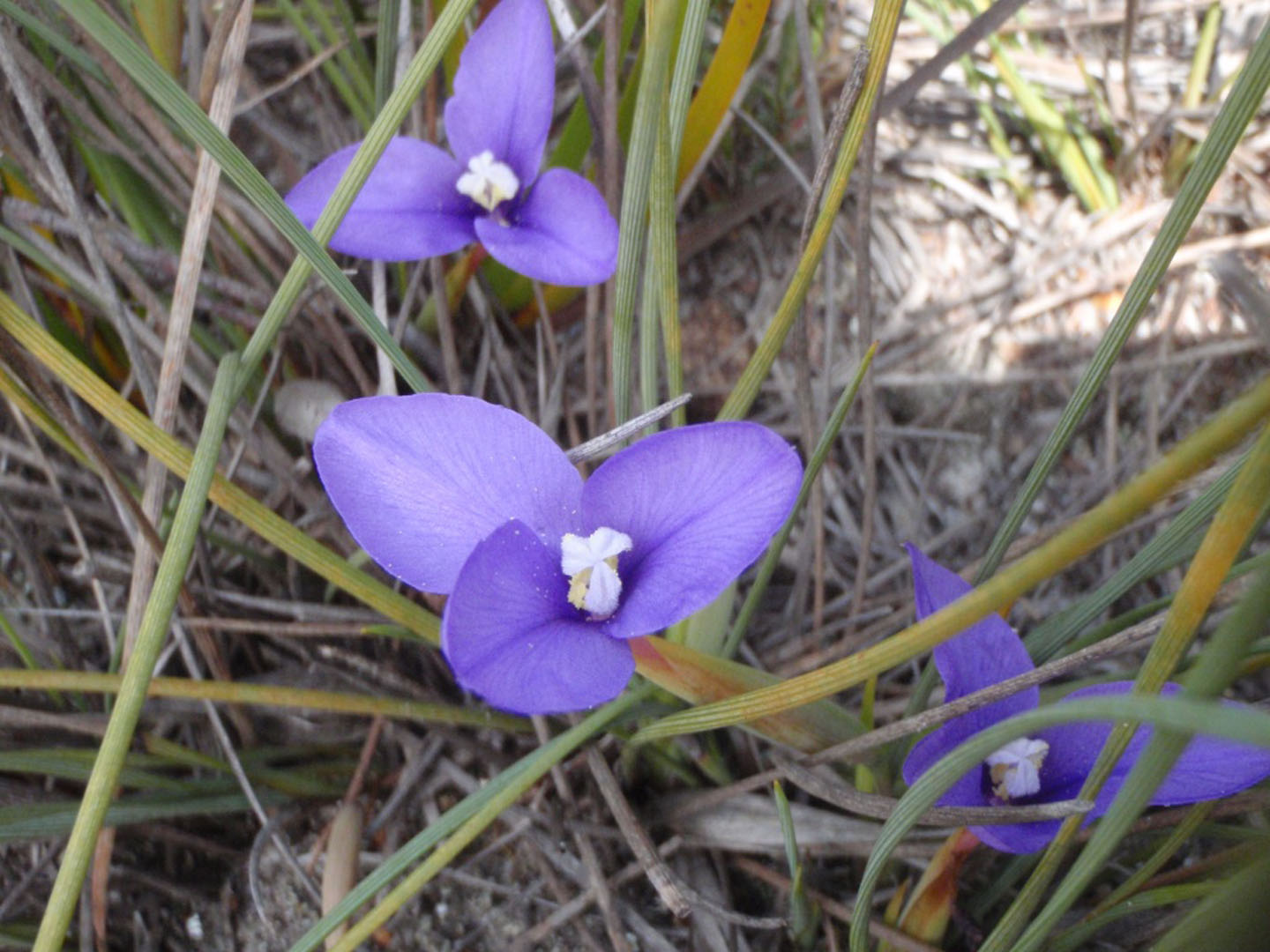
Densely tufted herb to 40cm. Flower stems shorter than the leaves. Purple/mauve flowers in spring/summer. Needs well-drained moist soil and full sun. Suits coastal locations.
Image: Anna Povey - with permission

Tufted perennial grass with inrolled leaves up to 30cm long. Flower heads bearing green or purplish spikelets. Cut back in autumn to promote new growth. Bird attracting. Provides cover for small lizards. Important habitat and food plant for the endangered and endemic Ptunarra Brown Butterfly.
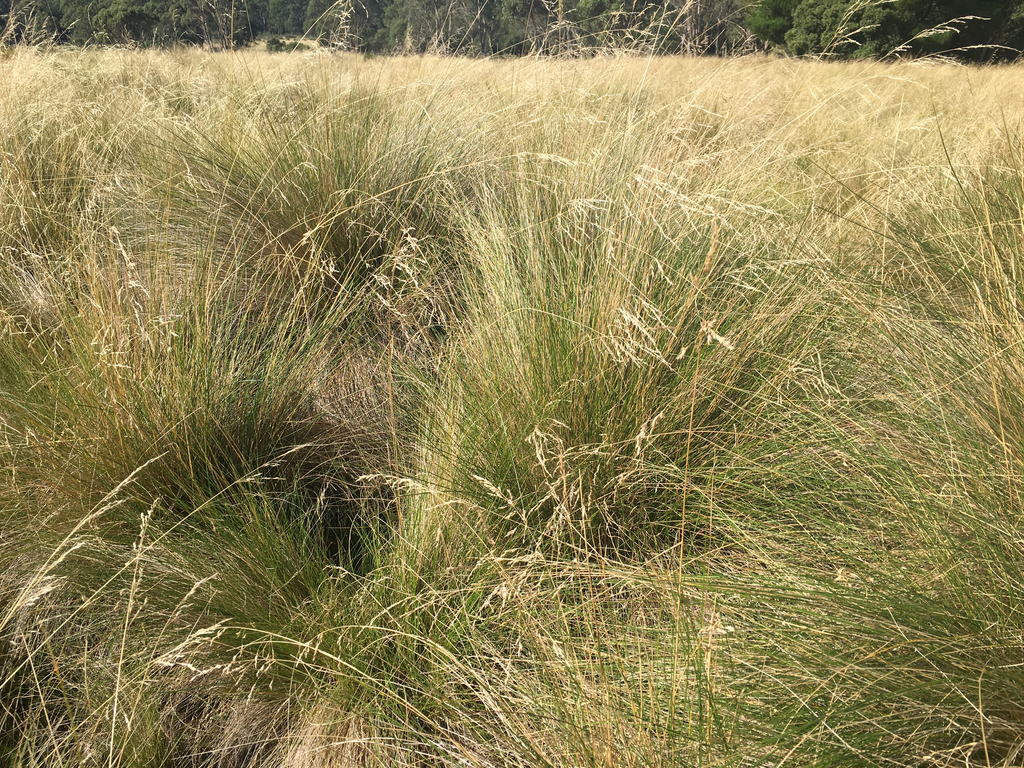
Perennial grass with green to blue-green leaves rolled into a tube, forming dense tussocks. Flowers in green or purplish spikelets. Very hardy but likes ample water. Cut back or burn in autumn to promote new growth. Bird attracting.
Image: Clare Hawkins CC BY-NC
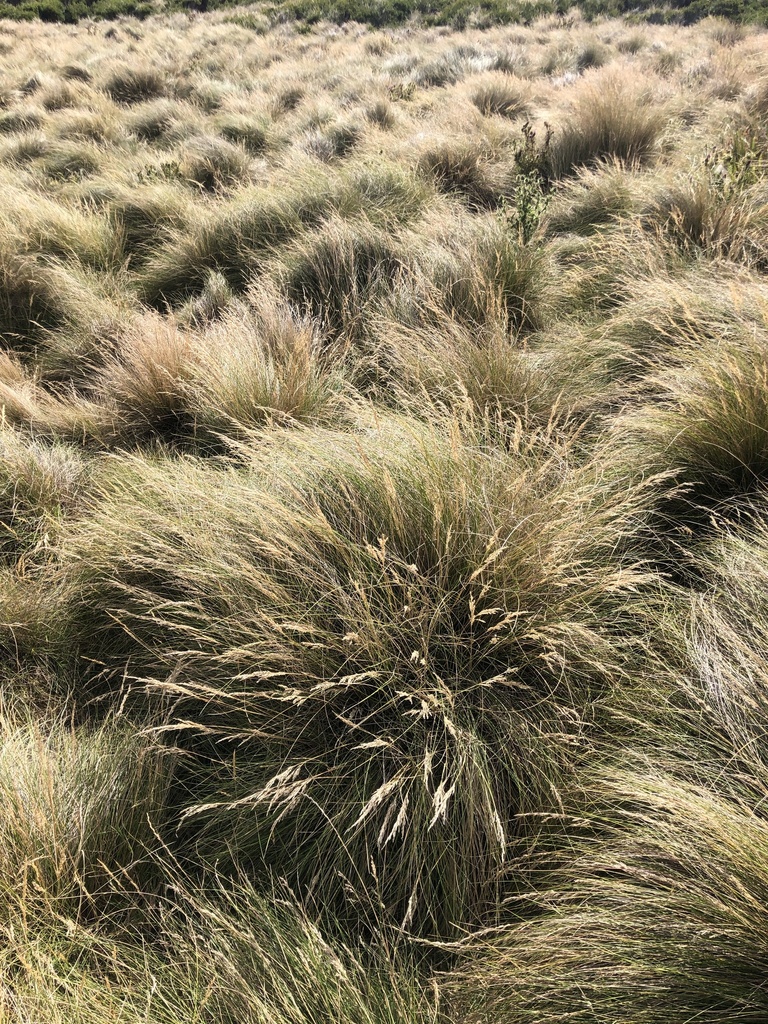
Tufted perennial grass. Variable in size, colour and texture. Cut back in autumn to promote new growth. Bird attracting and habitat for lizards. Tolerant of salt spray.
Image: Matthew Barker - with permission
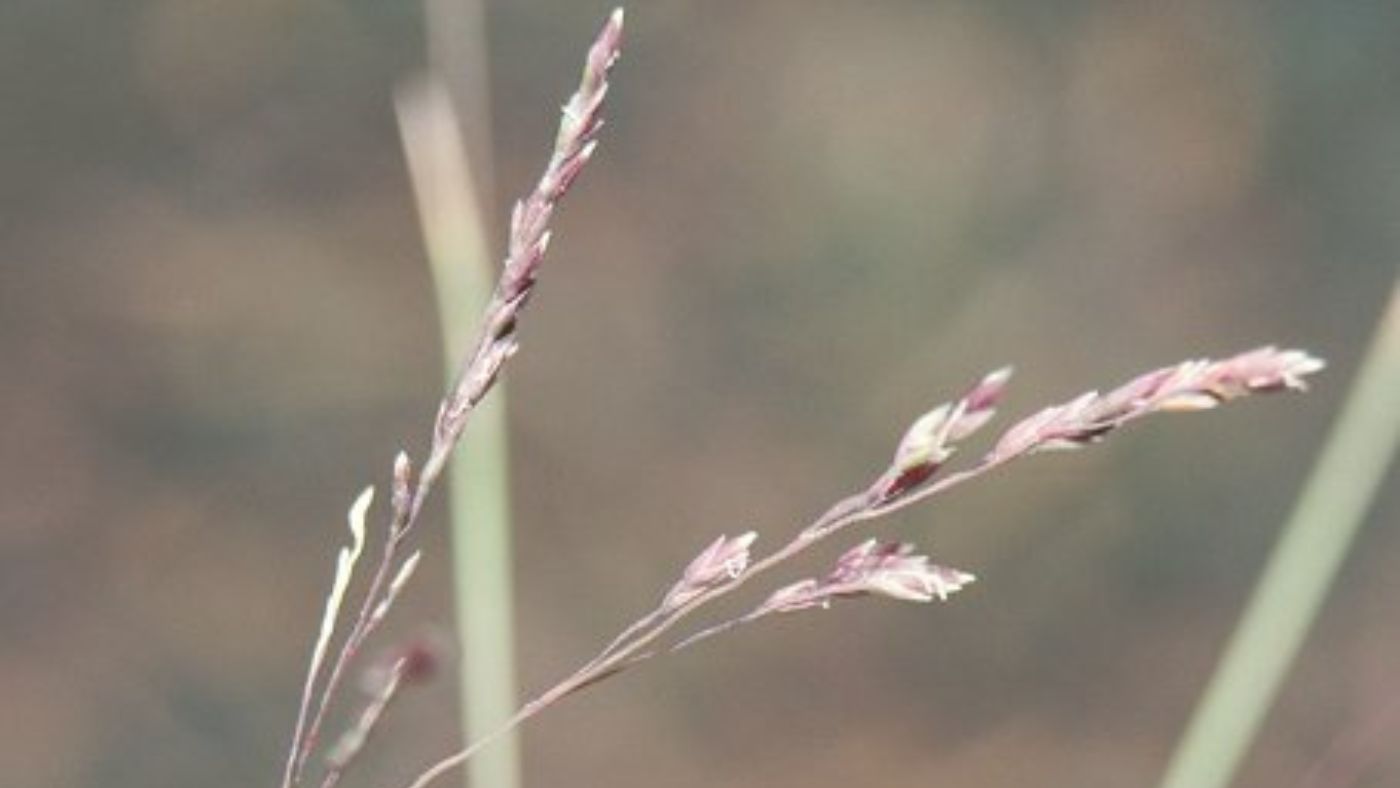
Green or greyish-green tussock grass, with tightly rolled leaf blades. Very hardy but likes ample water. Cut back in autumn to promote new growth. Bird attracting and habitat for lizards.

Grey-green to blue-green, densely tufted perennial grass. Flowers in a green to purplish spikelet. Cut back in autumn to promote new growth. Bird attracting and habitat for lizards.
Image: Warren Tomlinson CC BY-NC
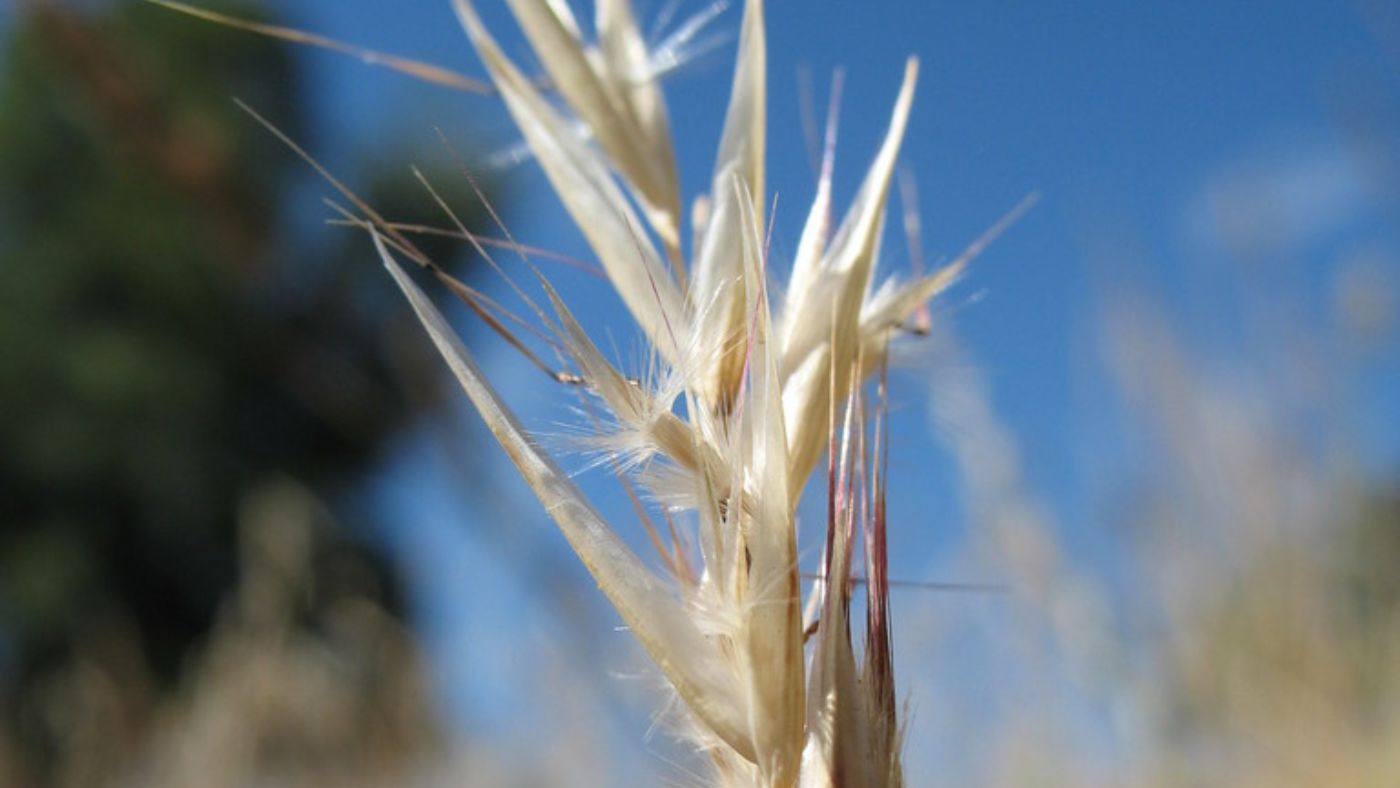
Perennial grass forming clumps or tussocks to 90cm. Hairy leaves and green or purple tinged flower spikelets. Useful for pasture feed in winter and after summer rain. Bird attracting and habitat for reptiles.
Image: Michael D. Pirie CC BY
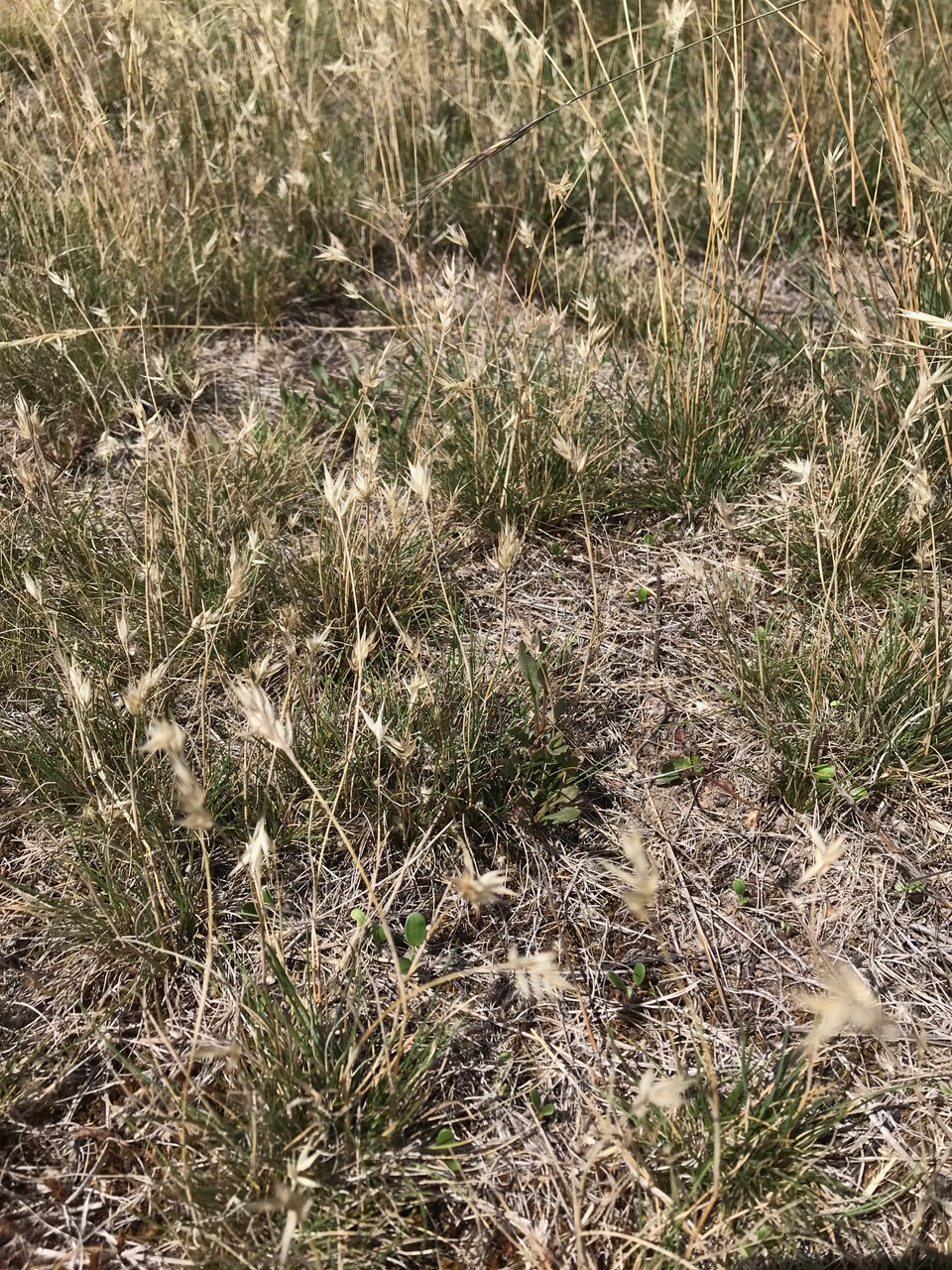
Erect, tufted perennial grass to 25cm. Flower spikelets greenish/purple tinged in spring/summer.
Image: Jenny Jonkka - with permission

Slender, erect or bent perennial grass to 55cm.
Image: Jonkka CC BY-NC

Tufted, perennial grass, erect or bent near the base, to 45cm. Hairless leaf blades tightly inrolled. Compact flowerheads. Provides a grassy understorey in lightly wooded areas.
Image: Miguel de Salas CC BY-SA

Erect, tufted perennial grass to 1.2m tall. Flower head is higher than the rest of the plant, 7-15cm long, with straw-coloured or purple-tinged spikelets. Turn off-white and dry as the seed matures.
Image: Nick Fitzgerald CC BY-NC
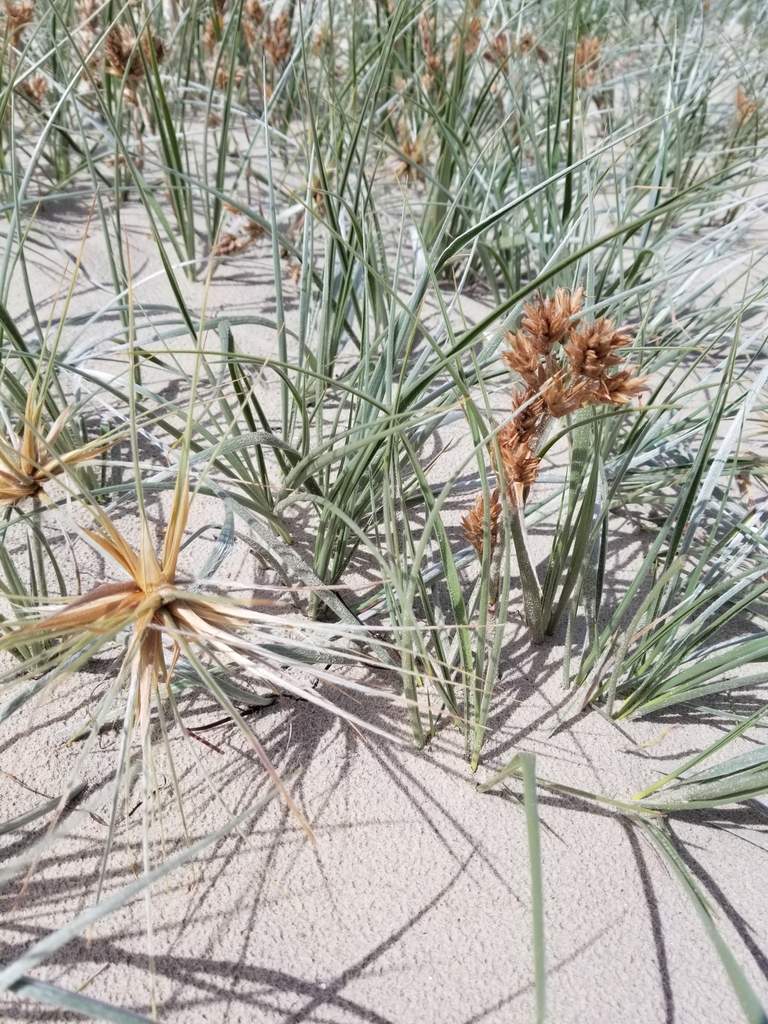
Creeping silvery perennial growing in coastal sands. Female flower is a 30cm diameter porcupine like sphere. Useful for binding sandy soil.
Image: Kirrilli Kent - with permission

Perennial herb with grass-like leaves, often in small tussocks. Cream/sapphire blue star-like flowers with bent yellow stamens in spring/summer. Needs well-drained moist soil and part-shade.
Image: Anna Povey - with permission
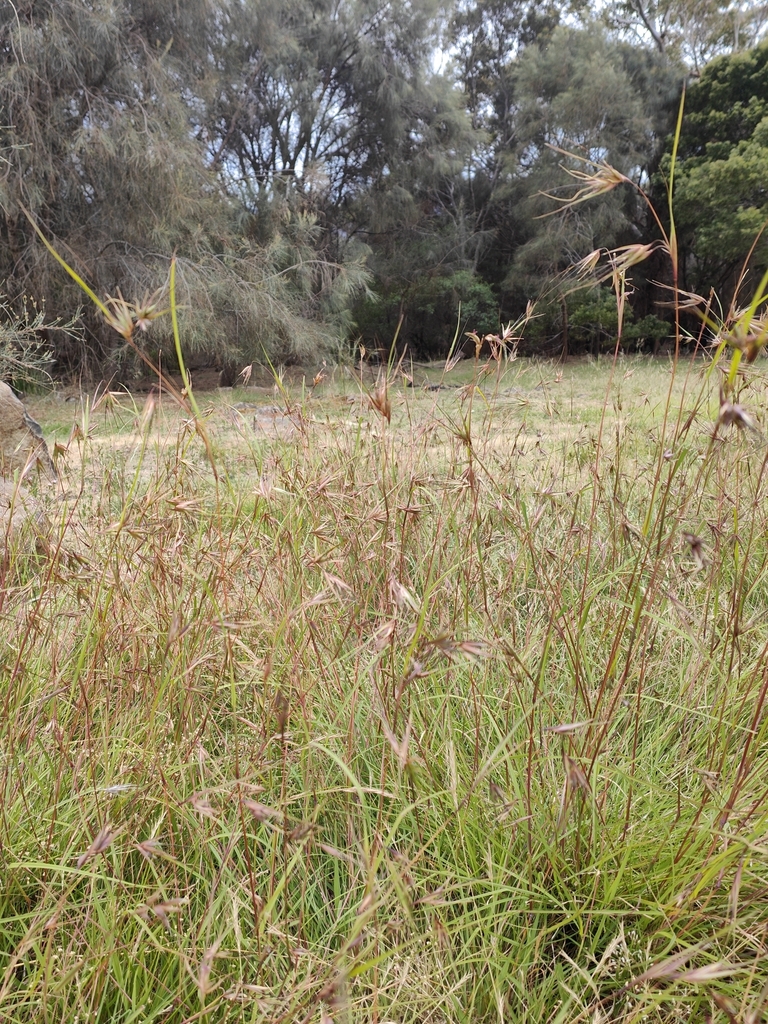
Deep rooted tussocky perennial grass. Flowers are stalked clusters of green and purple spikelets with long purple bracts, rusty-brown when ripe. Bird attracting. Habitat for reptiles and mammals.
Image: jggbrown CC BY-NC